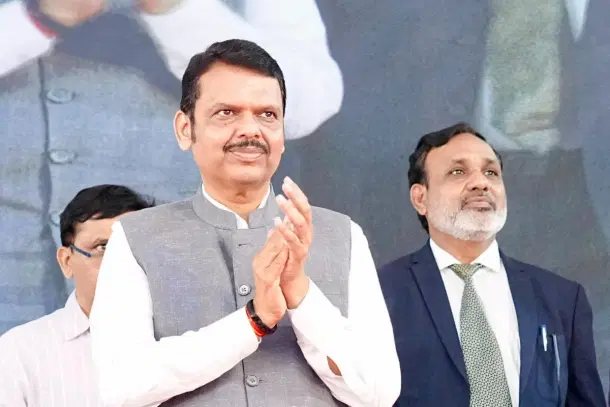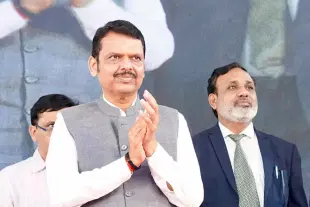News Brief
Maharashtra CM Inaugurates Two Mumbai Road Overbridges To Boost East-West Connectivity, Ease Traffic Congestion
Arun Dhital
May 14, 2025, 05:11 PM | Updated 05:13 PM IST
Save & read from anywhere!
Bookmark stories for easy access on any device or the Swarajya app.


Maharashtra Chief Minister Devendra Fadnavis on Tuesday (13 May) inaugurated two significant infrastructure projects aimed at boosting east-west connectivity and easing traffic congestion in densely populated regions.
The projects include a six-lane cable-stayed road-over-bridge (ROB) at Reay Road in Mumbai and a four-lane ROB at Titwala in the Kalyan-Dombivli area, Indian Express reported.
Fadnavis attended the inauguration of the Reay Road ROB in person, while the Titwala bridge was virtually inaugurated from the same location in the presence of local authorities and officials.
The Reay Road bridge, constructed for Rs 273 crore, is the first cable-stayed ROB within Mumbai’s suburban network.
Built by the Maharashtra Rail Infrastructure Development Corporation (MahaRail) for the Brihanmumbai Municipal Corporation (BMC), the 385-metre-long bridge connects Byculla and Mazgaon across the Harbour Line, between Reay Road and Dockyard Road stations.
It features architectural LED lighting and a bridge health monitoring system, aimed at reducing travel time during peak hours.
"This is a first-of-its-kind cable stayed bridge in Mumbai that was built in record time by the MahaRail, which is going to benefit many commuters. Likewise, we have also inaugurated Titwala ROB which is equally significant. With MahaRail, we have plans to inaugurate 25 such ROBs in the coming days," said Fadnavis at the event.
The Titwala ROB, also constructed by MahaRail and funded by the Mumbai Metropolitan Region Development Authority (MMRDA), spans 820 metres and costs Rs 100 crore.
The four-lane bridge connects Ambivli to Kalyan via the Shree Siddhivinayak Ganesh Mandir and replaces a busy level crossing near Titwala railway station that previously disrupted more than 50 train services daily.
Equipped with dedicated service roads on both sides, the Titwala ROB is expected to ease vehicular flow and reduce travel time during peak traffic hours for both road and rail commuters.





